Have you decided to try out next-generation hydroponic gardening? Here are the top kits to get your garden up and running in no time.
Our editors and experts handpick every product we feature. We may earn a commission from your purchases.Learn more.
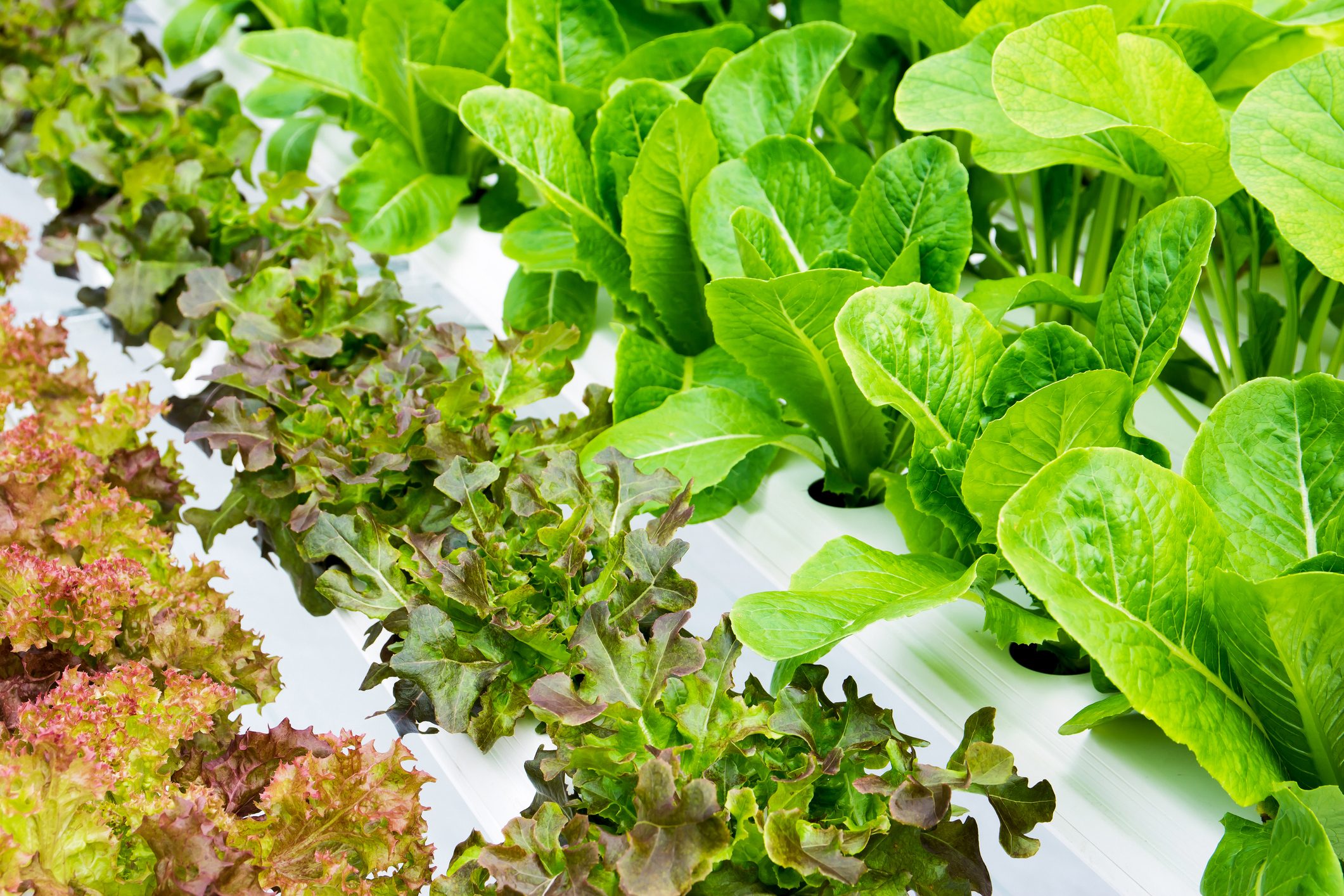

Have you decided to try out next-generation hydroponic gardening? Here are the top kits to get your garden up and running in no time.
Our editors and experts handpick every product we feature. We may earn a commission from your purchases.Learn more.
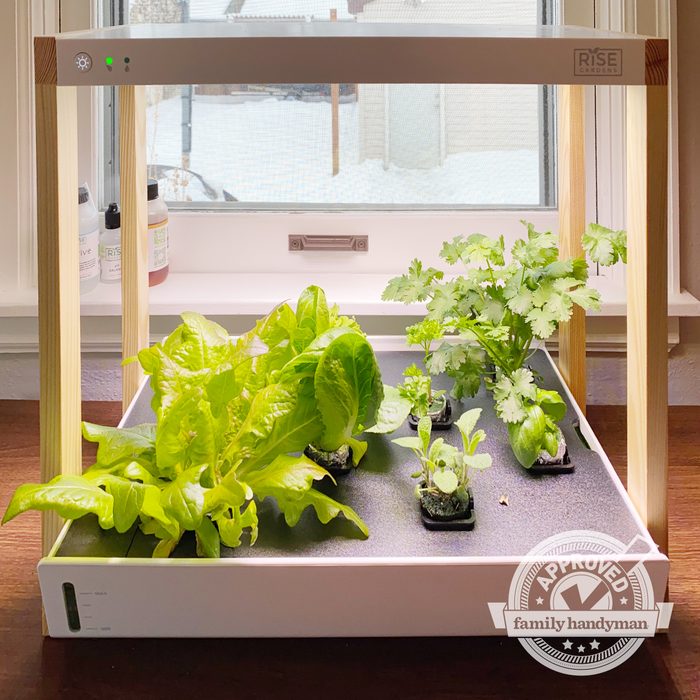
We tested the Rise Indoor Personal Garden last year, giving it the Family Handyman Approved check. What drew us to the Rise is its just how easy it us to use, as well as its simple, sleek look that fits nicely into your kitchen, or anywhere else in the house, without eating up a lot of space.
Not only do you get the hardware you need, the kit comes with a variety of seed pods, including herbs and greens, and six weeks of hydroponic nutrients. Once you wrap your head around the need to test the pH level in your tap water (using the kit provided by Rise) and manually add nutrients (Thrive, Sprout and pH Balance — all provided in your kit), it’s really pretty easy to get growing with the Rise garden.
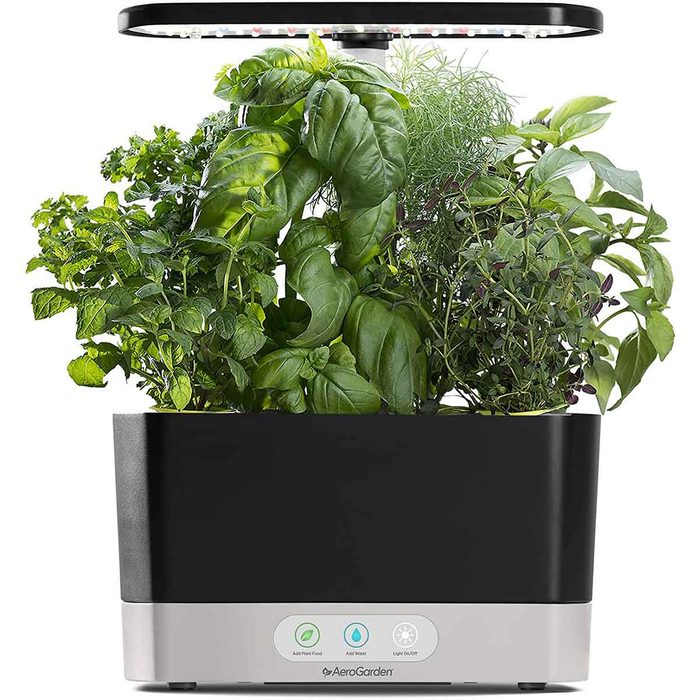
If you’re just dipping your toes into hydroponic gardening and want to start small, the popular AeroGarden Black Harvest tabletop system is a winner for growing fresh herbs indoors.
Its small size (just six growing pods) is perfect for a countertop, and the sleek design adds futuristic flair to any kitchen. The deep-water submersion system’s control panel reminds you when to add water, and nutrient solution and the built-in LED lights automatically turn on and off. Use the seeds included in the kit or choose your own herbs to grow.
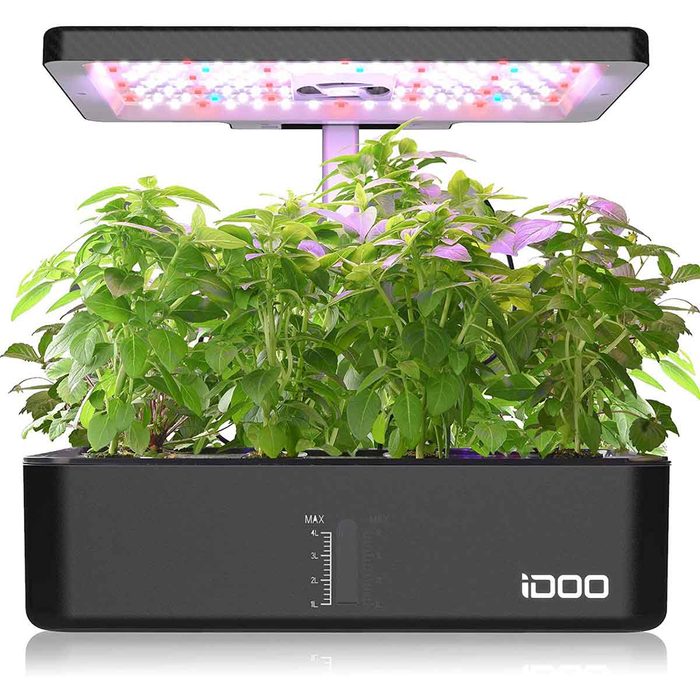
The tabletop iDOO hydroponic system fits 12 growing pods into its compact module, making it a top choice for growing vegetables in a tight indoor space.
The adjustable LED growing light can fit above plants up to 11 inches tall, and features two settings for leafy greens or flowering fruits. The light, water pump and fan are on automatic timers for hassle-free maintenance, and you can check the water level through the handy window.
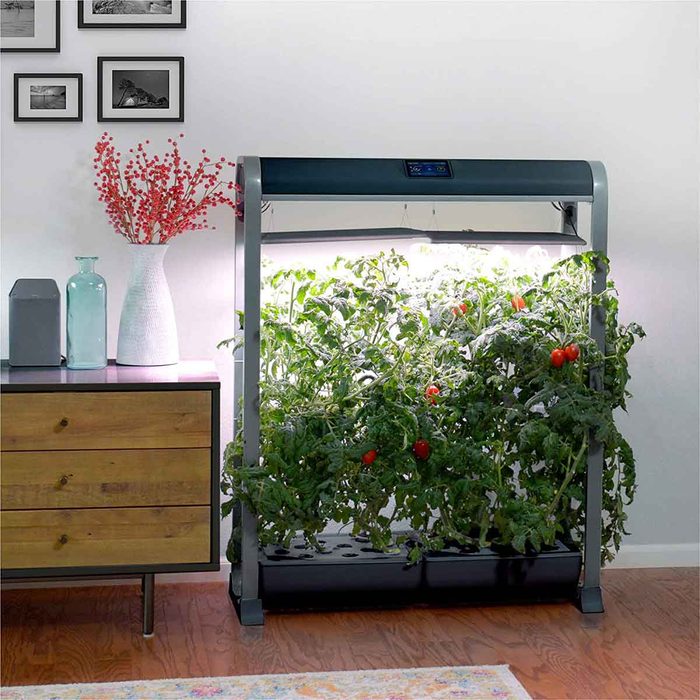
The high-end indoor AeroGarden Farm hits it out of the park with its generous size (24 growing pods), contemporary design and high-tech control panel. The modular deep-water immersion system includes two growing trays and built-in LED grow lights that can be adjusted to different heights over each tray to suit the specific type and size of plant.
This self-contained system is stackable so you can expand your garden vertically. It comes with a WiFi and Alexa-enabled control panel to remotely check things like nutrient and water levels.
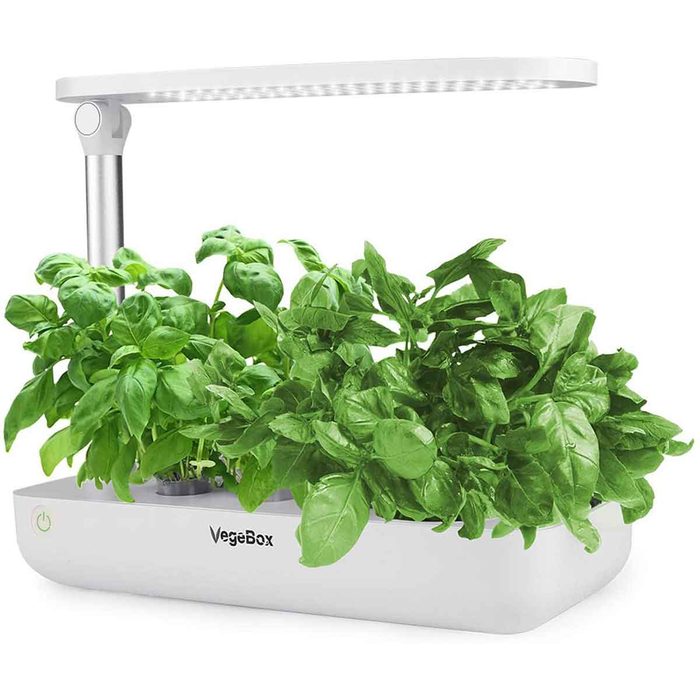
Cons:
It may not have all the bells and whistles of its more expensive counterparts, but the tabletop Vegebox wins top prize for doing the job at an affordable price.
This deep-water immersion system has nine growing pods and a built-in LED light panel with a timer, suitable for growing herbs and leafy greens. There’s no control panel to warn you when water and nutrient levels get too low, however, so you’ll need to carefully check this low-tech system daily.

Although the sturdy Hydrofarm Root Bucket System can be used indoors with supplemental lighting, this setup really outshines its competitors outside. The rugged deep-water immersion buckets can handle large plants. The powerful pump keeps the water oxygenated and the nutrient solution circulating all the way to the bottom of the five-gallon containers.
“I started using these awhile back and now have four systems running around the clock,” says one Amazon reviewer. “I haven’t had any problems with any part of these systems and my tomatoes are bigger than ever!” By the way, the Lettuce Grow Famstand is another great pick if you’re looking for more options.
If you’re considering investing in a hydroponic gardening kit, there are a few things you’ll want to keep in mind. First and perhaps most importantly, consider what types of herbs, produce, or plants you intend to grow. Some plants are more likely to thrive and flourish in one hydroponic system over another. Research which system is best suited to the plants you have in mind, and pare down your choices accordingly.
Hydroponic systems can become pricey, so decide on a budget and look for kits that fall within your desired price range. If you’re just getting started you may way to choose a cheaper option to learn the basics before spending a lot of money on a more elaborate system.
Imagine where you will put your hydroponic garden and choose one that will fit within your space without taking over the room. It may be helpful to take measurements and be sure to leave room around to walk around it so you can easily maintain your garden.
Rebecca Winke, the author of this piece, is a seasoned contributor to Family Handyman who has written dozens of articles about gardening, DIY and home improvement. Rebecca’s life experiences have influenced her writing: She gained expertise in home improvement while working for her family’s remodeling-focused construction business. She learned about gardening and keeping chickens while living on a small working farm. Rebecca’s travel writing has built her knowledge base on topics including architecture, design and décor.
Nina Derwin is a commerce updates editor for Reader’s Digest, Taste of Home and Family Handyman, with experience researching and reviewing various items to help shoppers find the best products on the market. She researched and updated this piece.
Hydroponic gardening kits are a great choice for those new to hydroponic gardening who wish to start a garden from scratch. We researched and reviewed a wide range of hydroponic garden kits of all sizes and styles in search of those that are the easiest to use and yield the most consistent results. We considered price, size, footprint and growing space. We paid close attention to indoor versus outdoor options and special features like built-in fans and grow lights. Overall, we found that you don’t necessarily have to spend much money to start hydroponic gardening.
Hydroponic gardens are a great choice for several reasons. They’re an environmentally friendly method of gardening that uses less water than traditional methods, and they’re a great strategy for growing fresh herbs and produce in environments that are likely to experience water shortages.
Hydroponic gardening is not without its downsides despite all of its environmental benefits. Hydroponic gardening relies heavily on the use of electricity, and it can be costly to get started. Hydroponic gardens also require added maintenance that traditional gardens do not.
Plants and produce grown in a hydroponic environment are grown without chemicals or pesticides, and they have a reputation for tasting better and being more flavorful than soil-grown plants and produce.